One of the most persistent associations with the USSR is the executions organized by the NKVD bodies. Capital punishment, especially during the Great Terror of the 1930s, was often sentenced with gross violations of the defendant's rights to defense. Thanks to the abolition of the regime for the secret storage of certain documents, it became known that there were certain standards for the imposition of the death penalty. Also, information was opened on the methods of the execution procedure itself.
The death penalty in the Russian Empire
It should be noted that all statistical information is very approximate and is often interpreted depending on the goals of the researcher. However, if it is impossible to name the number of people executed in pre-revolutionary Russia in absolute numbers, then this can be done in relative terms. In the 19th century, there were very few death sentences. The most famous are the trials of the Decembrists (5 people executed) and Narodnaya Volya (also 5 people). The situation changed dramatically during the years of the First Russian Revolution (1905-1907). The government was forced to respond decisively to revolutionary terror. The legal proceedings were simplified; those guilty of terrorist acts were sentenced to death in the regime of a military court. In total, a little over two thousand people were executed. This is quite comparable with the number of victims of terrorist acts.
War communism
This did not prevent the Bolsheviks who came to power as a result of the October Revolution from representing the actions of the imperial authorities as real villainy. But already in the first years of the existence of Soviet power, former freedom fighters turned into real executioners. On December 20, 1917, the notorious All-Russian Extraordinary Commission to Combat Counter-Revolution and Sabotage was created under the Council of People's Commissars - a prototype of the future NKVD. Its main task was to identify and punish all opponents of the emerging new system, which included both the leaders of the imperial organization, including representatives of the Romanov dynasty, and wealthy peasants, evading the surplus appropriation system. In the Russian Empire, the death penalty was most often carried out by hanging and occasionally through execution. The Soviet Republic adopted exactly the second method as a faster one. However, sometimes a person sentenced to death was strangled, drowned, burned or chopped with drafts. There is also evidence that prisoners were sometimes buried alive.
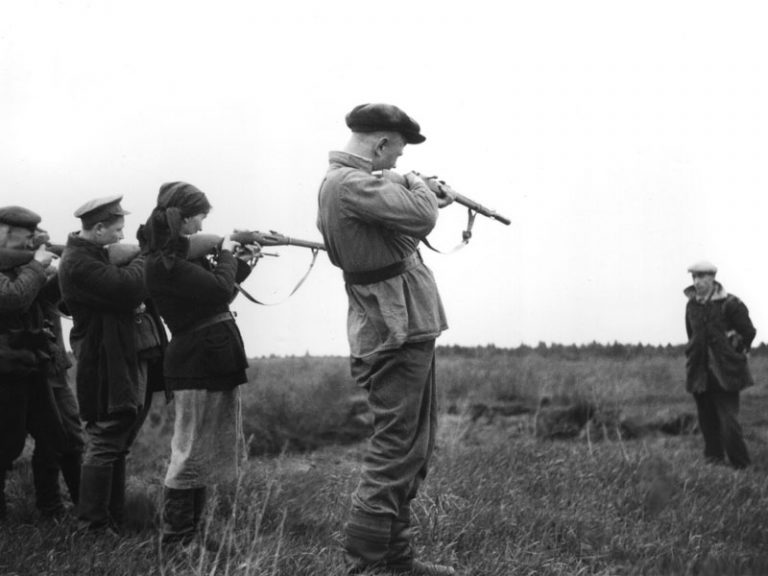
In a situation where the former bodies of supervision and control over the activities of the courts and the execution of sentences were destroyed, and new ones have not yet appeared, executors of death sentences were left to their own devices and could carry them out in accordance with their own ideas. Some executions, especially over the Romanovs, were public. In the presence of witnesses, the Socialist-Revolutionary terrorist Fanny Kaplan was also killed. Some formalization of the process occurred only in 1920. At the same time, those sentenced to death were given minimal rights, for example, the possibility to file a cassation appeal in 48-hour lines.
Conversion of the Cheka
The People’s Commissariat of Internal Affairs was created the very day after the coup on November 8, 1917. In 1919, the head of the Cheka, Felix Edmundovich Dzerzhinsky, received the post of People’s Commissar. In his hands, he concentrated two important departments that carried out supervision and control. This situation persisted until February 6, 1922. The All-Russian Central Executive Committee of the RSFSR adopted a resolution transforming the Cheka into the State Political Administration, which was included in the structure of the NKVD.

In addition to administrative reforms, the Soviet government attempted to standardize punitive activities. Even a cursory study of the execution of cases showed that the sentences of the highest degree were undertaken haphazardly, the basic principles of legal proceedings were violated, and persons who benefited from the physical elimination of the defendant often interfered in the trial. But the measures turned out to be cosmetic: public execution of the punishment, undressing of the sentenced and the use of painful methods of bringing the sentence to execution were prohibited. The bodies of the executed were forbidden to be given to close relatives. Before the execution, the vehicles of the deceased were transported to deserted places on specially prepared NKVD vehicles. The funeral was prescribed without a funeral ritual. The performers were required to arrange the burial so that it was impossible to find. However, the surviving photos of the NKVD executions show that this decision was practically not applied in practice.
The elimination of executions from public practice inevitably led to the fact that the relatives of the prisoners often did not know what had happened. The Soviet government tried its best to maintain this state of affairs. Allowed only verbal information appealing to state authorities about what happened. It has often been stated that the defendant is serving a fixed term in the camps.
Execution procedure
The October Revolution brought to the fore the declassed elements of society, practically without education and intoxicated by the atmosphere of permissiveness. After the actual collapse of the Eastern Front of the First World War, soldiers, demoralized by an unprecedented brutality confrontation, returned home and engaged in an even more fierce civil war. That is why the earliest documents of the NKVD on executions are full of descriptions of atrocities. Permits for them were given by Soviet judicial practice.
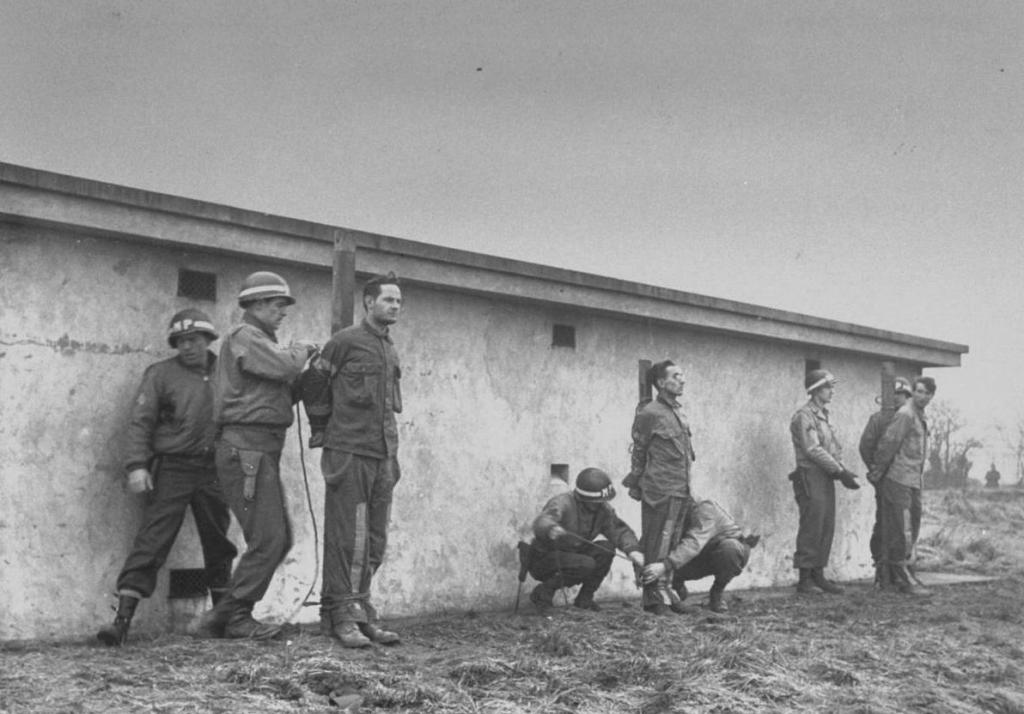
The first executions were carried out, as shown by the NKVD materials, in the cellars. The executions and other methods of killing the sentenced were put on stream. Eyewitnesses testified that there were always puddles of blood on the floor and lime was used to hide this. Rarely, a sentence was carried out immediately: before death, people were tortured, as a rule, by drunk executioners. After executions, the corpses were transported in the NKVD vehicles to some distant and quiet place, where they were buried, sprinkled with plenty of quicklime. There were cases of bodies being thrown into the river: after some time they surfaced far enough from the place of execution.
At the same time, the method of reprisal, traditional for Soviet executioners, was tested: the condemned was shot at the back of the head at point blank range. After that, a control shot was fired (or, if the executioner was drunk enough, a series of control shots).
Personal evidence
In addition to the photos of executions preserved in the archives of the NKVD, there are many personal testimonies of their direct executors. For the Soviet elite, this was a serious problem. Society should not have known how the country is heading towards a bright communist future, therefore, a special receipt was taken from each security officer in which he undertook to keep secret everything that he or his colleagues were doing. You could only name your position. But in reality, everything turned out differently. Firstly, the executioners were sure that they were doing the most important work for the young state — they were eliminating its enemies, and therefore they had the right to a special relationship. Secondly, in the circle of executioners rivalry unfolded very quickly: those who killed many people were the most respected. At the trials of the late 30s, when the former executioners themselves were in the dock, they, wanting to avoid execution, spoke in detail about their fight against the "enemies of the people", boasting the number of lost lives. At the same time, it became known that reprisals against the enemies of the Soviet state were not necessarily sanctioned by a court decision: many KGB officers arbitrarily killed those who were considered a criminal, or in order to appropriate their property.
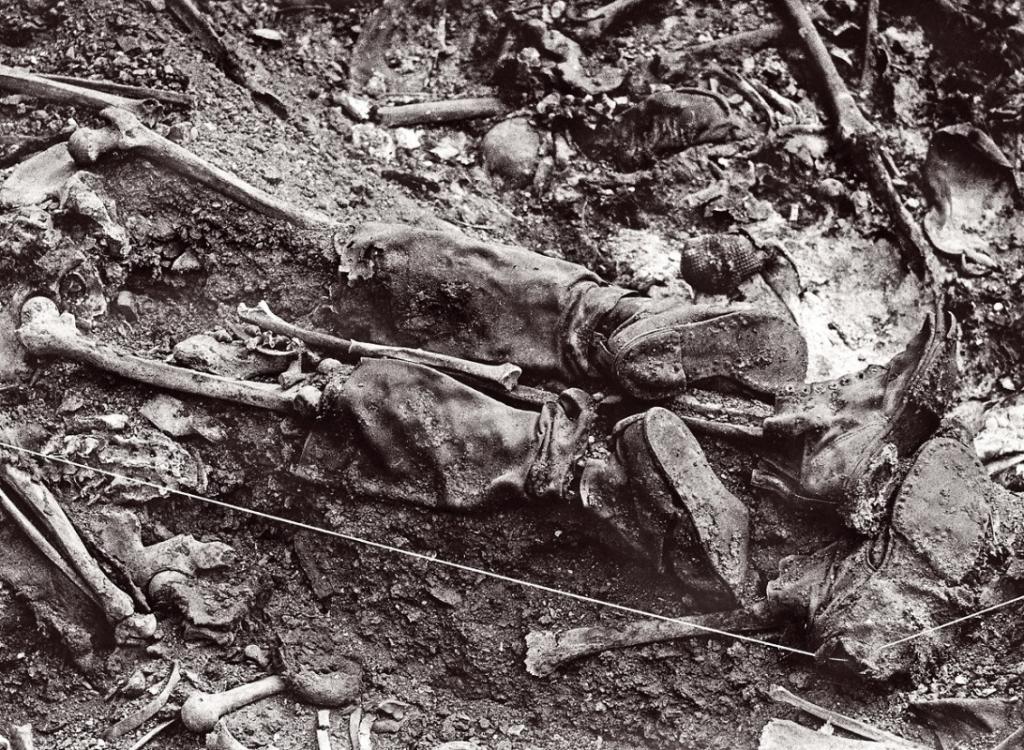
The Chekists willingly resorted to stories about their activities during the judicial investigation in order to morally break the victim. Of course, one should not lose sight of the fact that many details were deliberately embellished, but the essence remained the same. Moreover, during the reign of terror sanctioned by the authorities, there was no need to greatly embellish reality.
"Yezhovschina"
On December 4, 1934, the head of the Leningrad party cell, S. M. Kirov, was killed. This event marked the beginning of the darkest period of Soviet history: the Great Terror. Some historians believe that the assassination of Kirov was inspired by Stalin himself with the aim of finally crushing all those who doubt the correctness of his course, but there is no evidence for this.
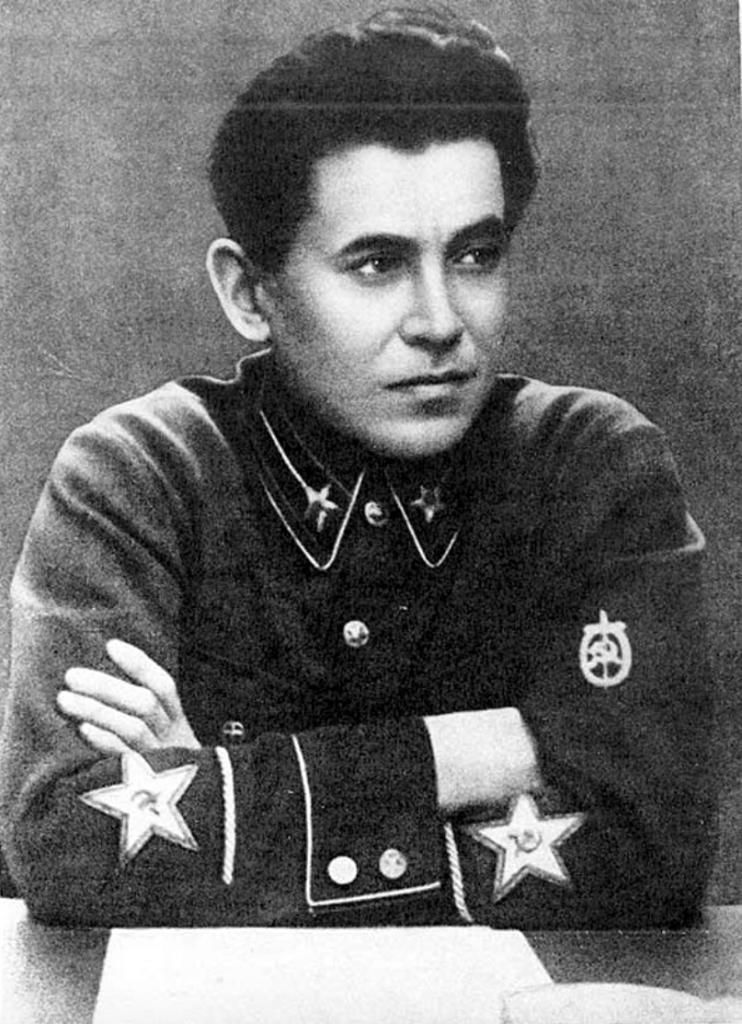
The executions of people in cellars and prisons of the NKVD took on a massive scale. The department was headed by Nikolai Yezhov, who stated bluntly: "A pretty impressive amount will have to be shot." The purges began from the very top: such iconic figures as Tukhachevsky, Bukharin, Kamenev, Zinoviev were arrested and soon executed. Documents were sent to all local branches of the NKVD, indicating the minimum number of executions required. Basements could not cope with such a stream of convicts, so new places of executions appeared. The NKVD received for this Butovsky, Levashovsky and other training grounds. In an effort to curry favor, the local NKVD functionaries regularly sent telegrams to the center asking them to increase the rate. Of course, no one refused them such a request. Senior government officials, primarily Molotov, personally left over the resolution demands to strengthen the physical impact on the accused. According to minimal estimates, the result of Yezhov’s activities as the People’s Commissar of Internal Affairs was 680 thousand executed and 115 thousand dead - that is, who could not stand the torture during the investigation.
Spiral of terror
Historians note that despite the enormity of the events that took place in the USSR, they were subject to a certain logic. It was logical that when the first stream of convicts had dried up, zealous Chekists began to destroy themselves. As already mentioned, this was beneficial in many respects to the authorities: those who knew too well about the methods of court and reprisals against the period of terror were eliminated. The first to die were its immediate initiators. In October 1938, the Central Committee of the All-Union Communist Party of Bolsheviks asked Stalin to transfer part of the property repressed to the use of the NKVD. The petition was signed by such prominent figures of the first stage of terror as Mikhail Frinovsky, Mikhail Litvin and Israel Dagin. The latter had a serious track record: the organization of nationalization of private enterprises in southern Russia, the chairmanship in the local cells of the Cheka (directly formed the execution lists), as well as the leadership of the NKVD of the Gorky Region. The last stage of his career was the leadership of the protection of the party elite. But he soon ceased to be of importance to the NKVD. The execution of Dagin took place in January 1940, already at the end of the Great Terror. When the processes for the rehabilitation of the victims of Stalinism began, Dagin's candidacy, taking into account his activities, was rejected.
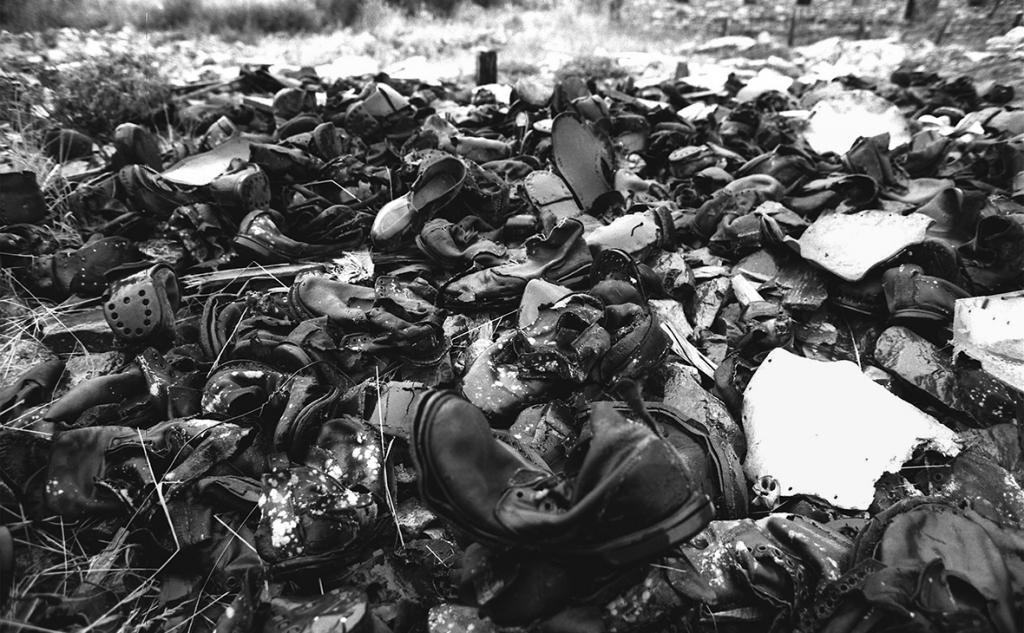
Anti-Semitism
The death of Dagin is fully integrated into the general line of terror. It has long been known that the main ideologists of the Russian revolutionary movement were Jews: the legislation of the Russian Empire excluded them from legal public life, and the Jews compensated for this injustice. The anti-Semitic company was fully realized at the end of Stalin's life, when a course was announced to combat cosmopolitanism. But the first executions of Jews were carried out during the period of great terror and concerned primarily persons who at various times participated in the administration of power.
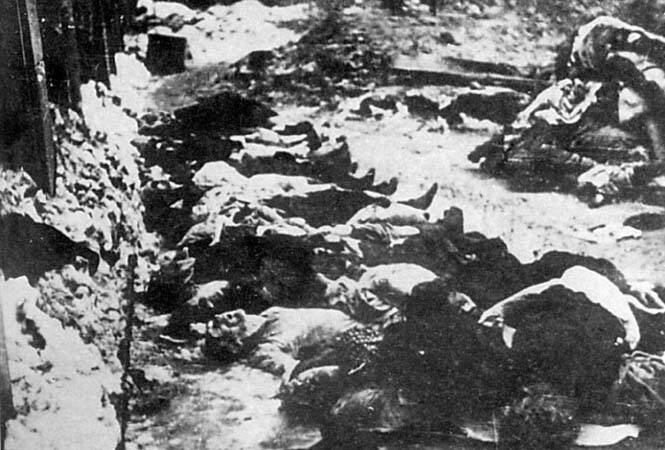
In 1941, when the Great Patriotic War had already begun, a real tragedy unfolded in Ukraine. In accordance with the general policy of the Third Reich, all Jews were sentenced to death. The sentence began to be carried out on September 29. Its result was the mass executions in the tract Babi Yar. The shooting of the NKVD gave way to a new disaster for the local population. Of all those sentenced to death, only 18 were able to escape.
Geographic expansion
The Soviet government resorted to the services of the NKVD to shoot enemies of the people even in cases when it was necessary to deal not only with its citizens. Already at the end of the Great Terror, when the USSR began to pursue an active foreign policy in the Far East, the Chekists were needed to destroy those who were not very happy about the advent of socialism. In the years 1937-1938. mass executions of the Mongols and Chinese were carried out. A couple of years later, the same fate befell the Poles and residents of the Baltic countries, under the Ribbentrop-Molotov Pact, who found themselves in the sphere of influence of the USSR.
The war made mass repressions invisible, but the purges did not stop. The party functionaries, who appeared before the court after Stalin's death, personally reported on the tens of thousands of Soviet servicemen who were shot by the NKVD.
Rehabilitation
Khrushchev's criticism of the Stalin personality cult undertaken at the 20th CPSU Congress made it possible to rehabilitate the repressed. However, fearing that such measures could lead to the collapse of the Soviet regime, Khrushchev showed caution: for the most part only political figures were rehabilitated. Only M.S. Gorbachev at the end of his reign signed a decree of August 13, 1990, according to which all repressions of the period of collectivization and the Great Terror were recognized as illegal and contrary to fundamental human rights.